On three TIFF films that also played other fests, including divisive works from Nicole Kidman and Daniel Craig.
On the TIFF Tribute Awards, including a presentation to Mike Leigh with the Ebert Director Award,
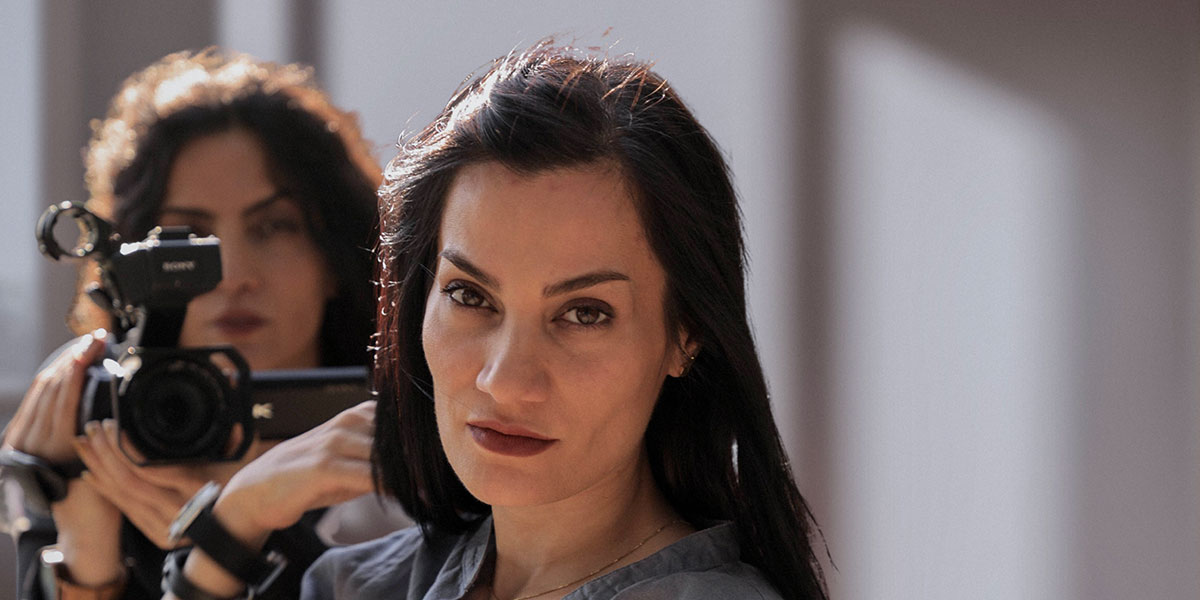
In the Toronto International Film Festival’s documentary section, stories about fighting for one’s beliefs, dreams, and survival sit side-by-side on the schedule. From near and afar, cameras give the audience an up close and personal view of issues and topics we may only skim across in headlines. The lens puts a face, a name, and […]
We are overjoyed to present an excerpt from the new volume of critical analysis of ABC’s “Lost,” written by the great Emily St. James & Noel Murray. Get a copy here. On November 1, 2005—about six weeks after Lost’s Season Two premiere—Hyperion Books published Endangered Species, a novel about an Oceanic 815 survivor who hadn’t […]
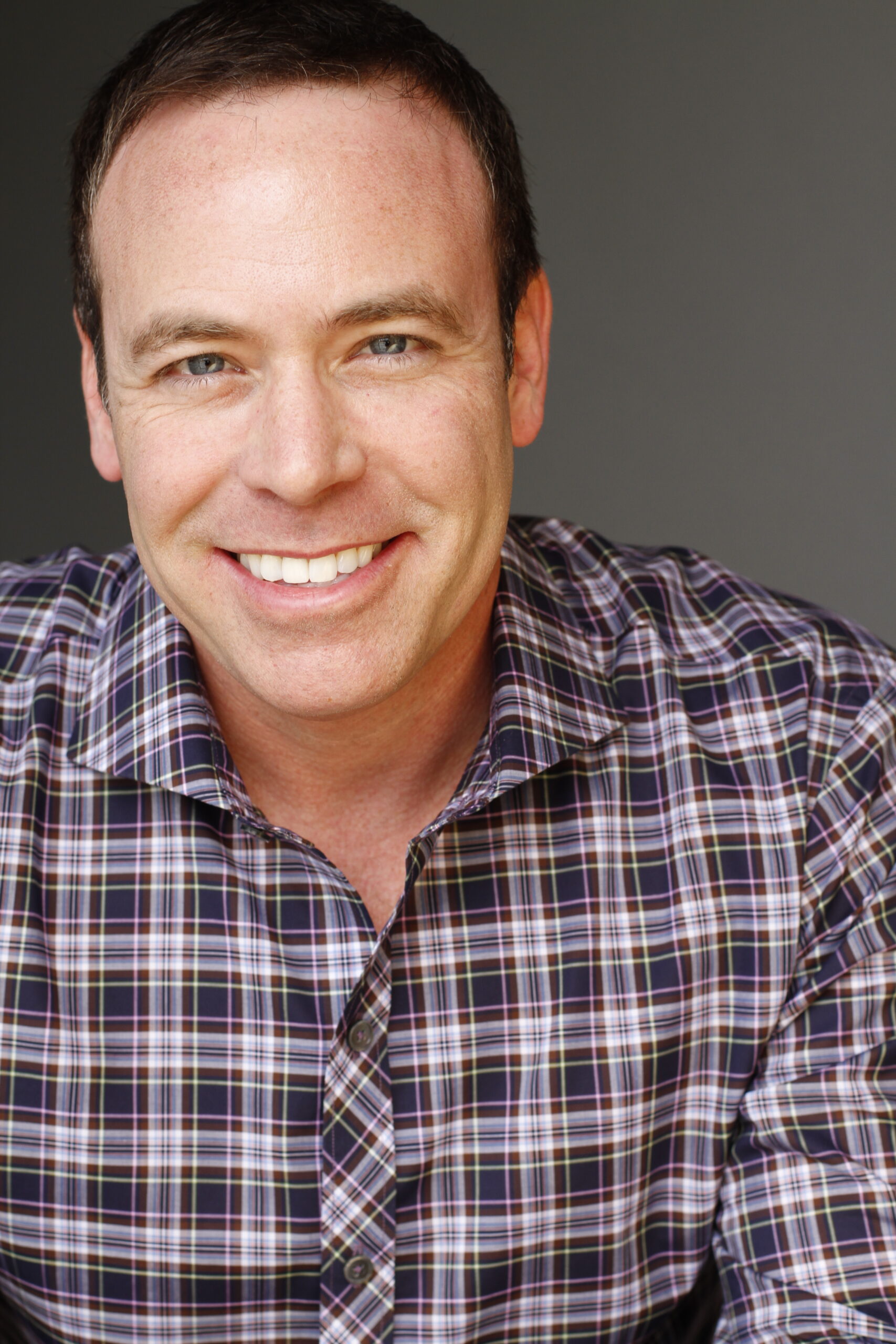
An interview with the legendary James Ivory and the director of a new film about him.
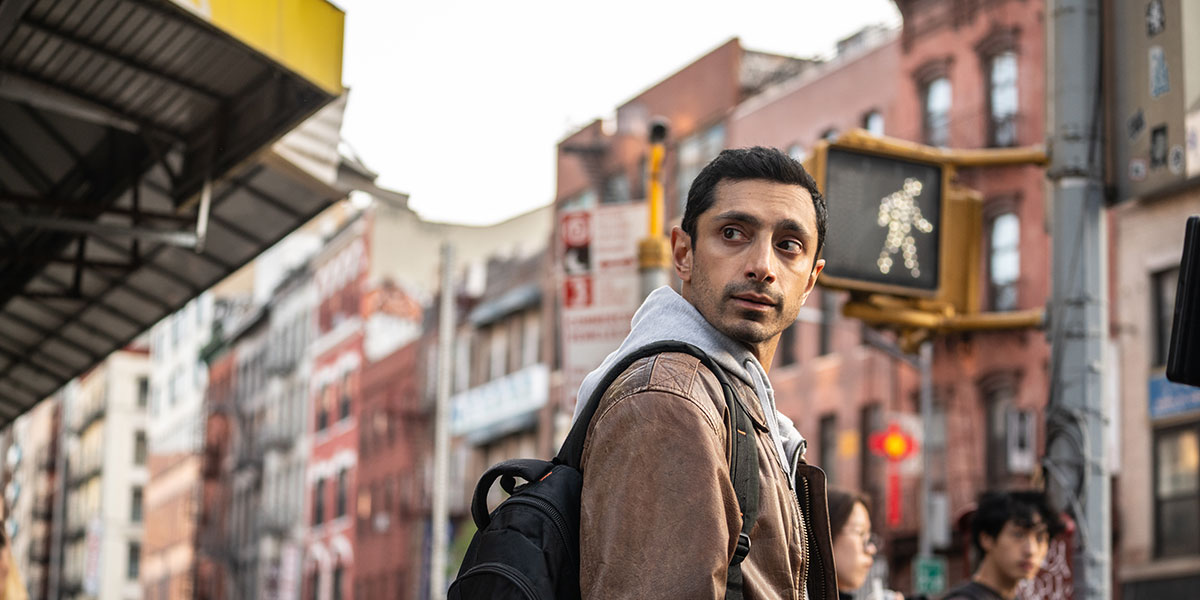
On three twisty dramas from TIFF, including one of the best of the fest.
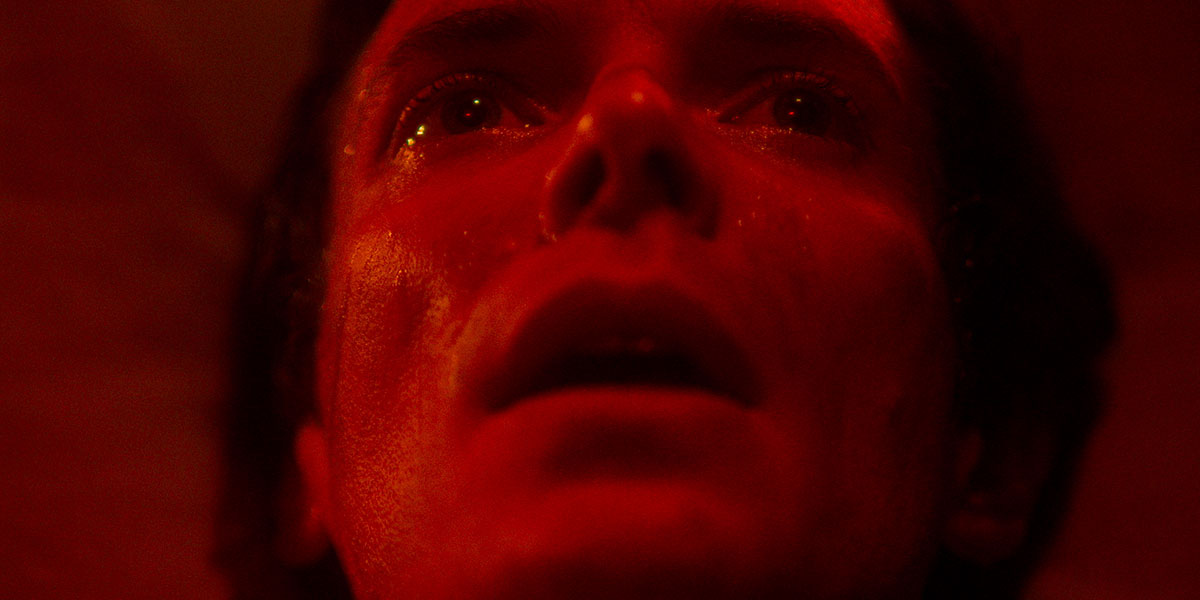
On 3 films from TIFF’s Midnight Madness program this year.
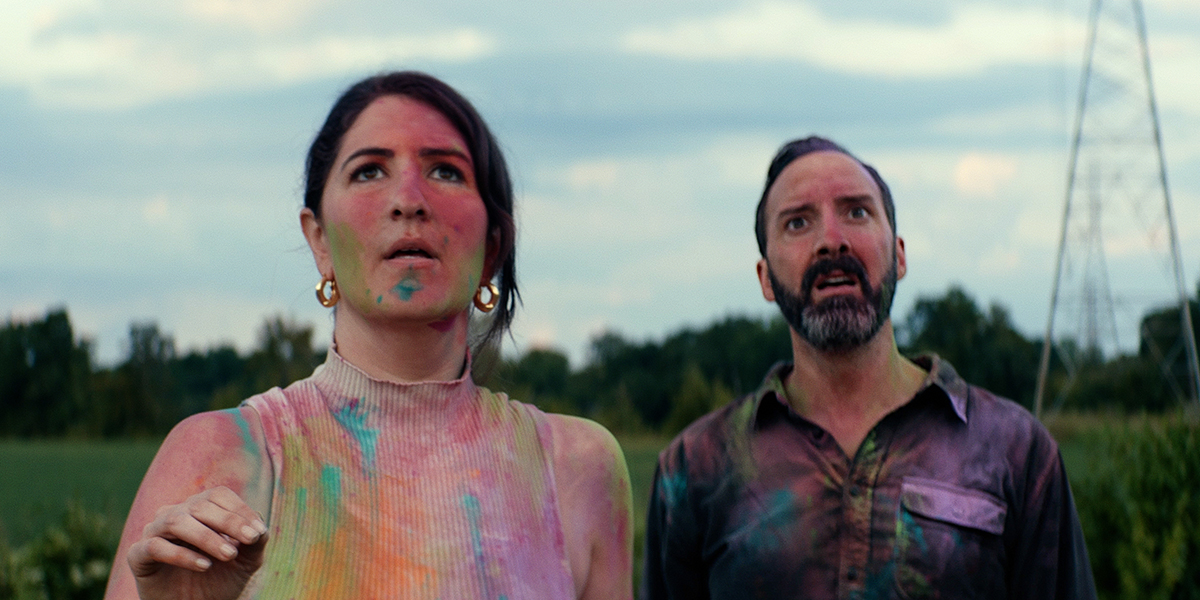
On new films by Edward Burns and Rebel Wilson.
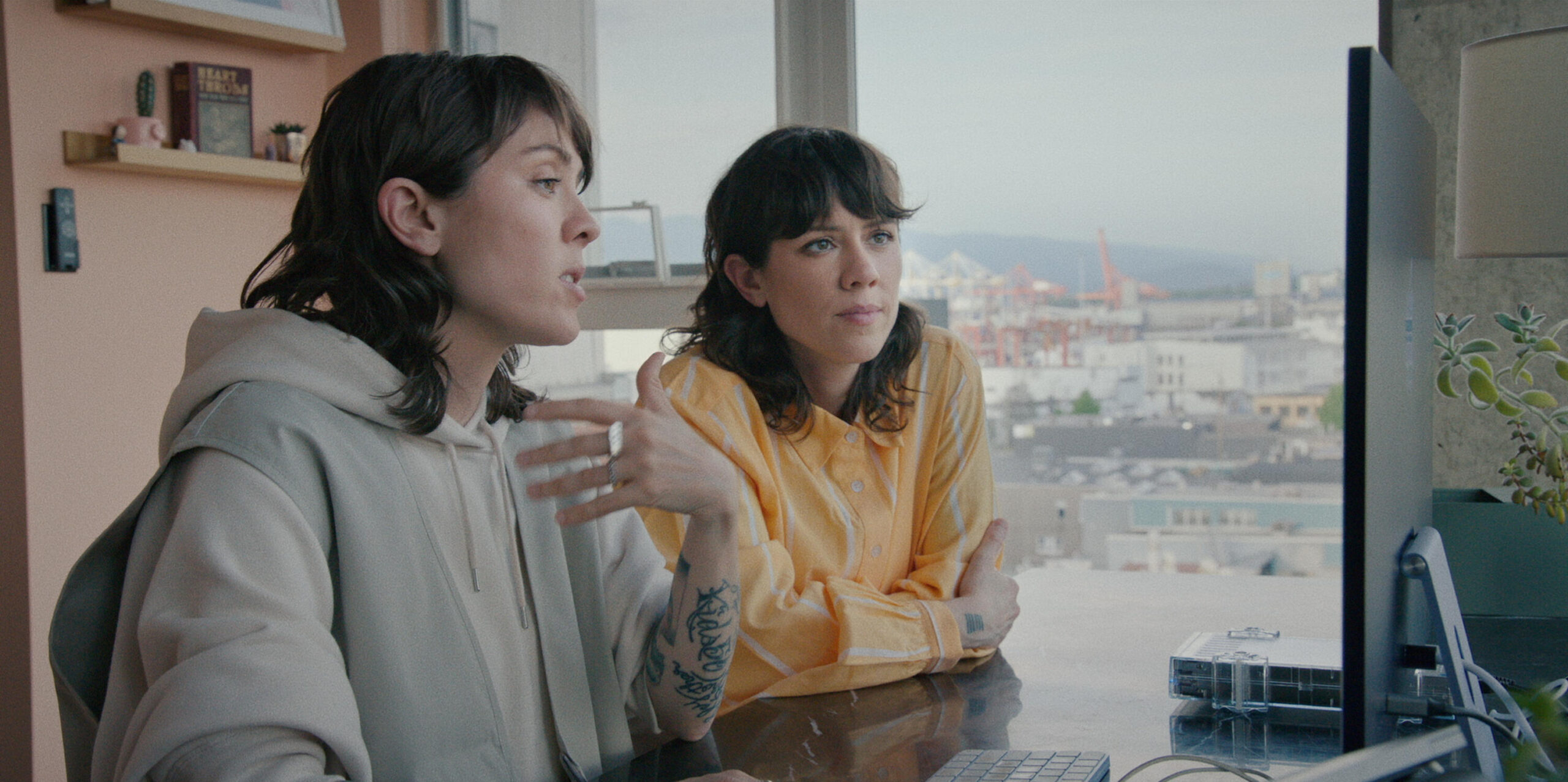
On three very different docs from TIFF, all worth your time.
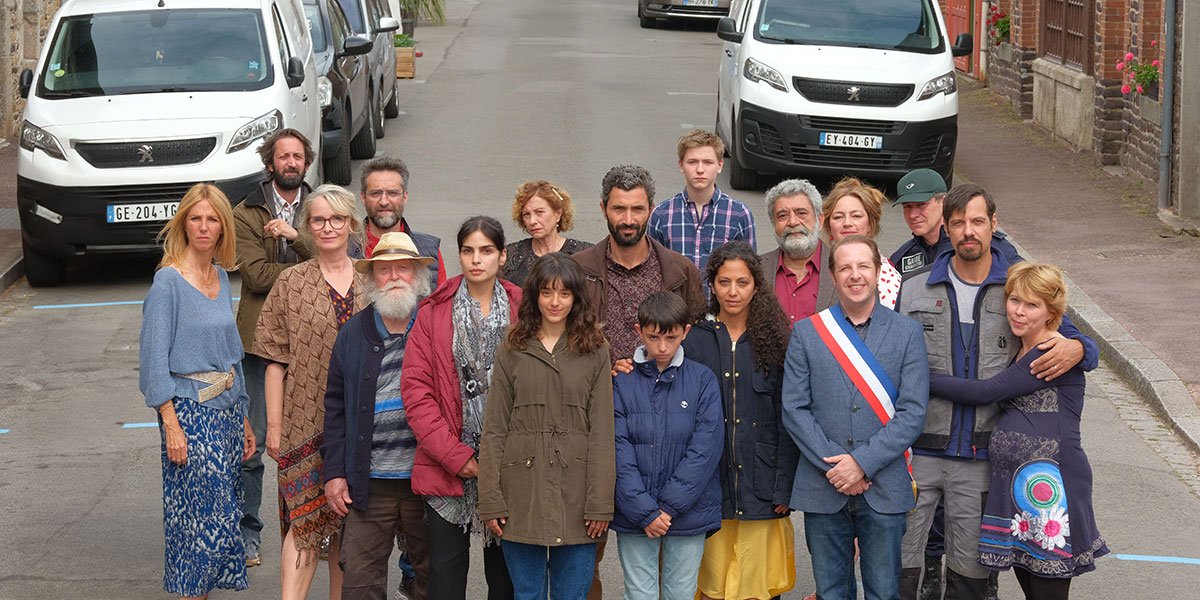
On three new films from TIFF, starring Jacob Elordi, Imogen Poots, and more.

